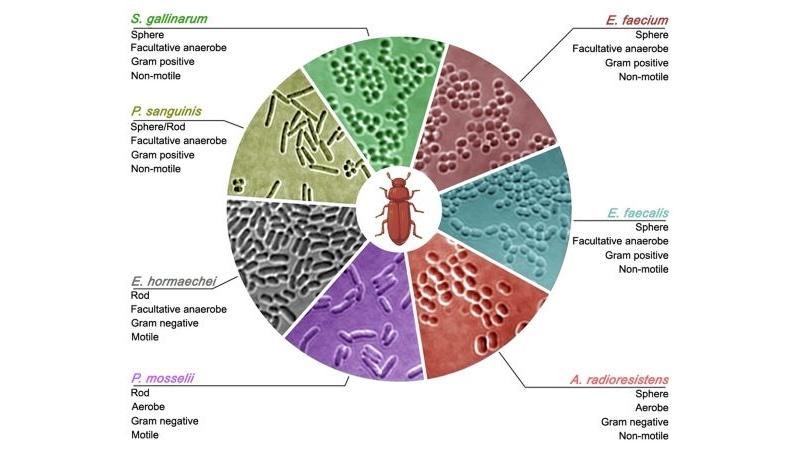
A new study conducted by researchers at the National Centre for Biological Sciences (NCBS) has revealed the significant role that three-dimensional environments play in bacterial growth and survival. Using innovative 3D models to simulate natural settings such as soil and mucus, the research highlights how the shape of bacteria can influence their ability to thrive in these complex surroundings.
For centuries, scientists have primarily studied bacteria in controlled laboratory conditions, typically using liquid cultures or flat two-dimensional plates. While this traditional approach has greatly contributed to our understanding of bacteria, it fails to replicate the multifaceted environments found in nature, such as soil, mucus, and the tissues of plants and animals. Consequently, our comprehension of bacterial growth in these intricate settings remains limited.
“From decades of past research using simple liquid or flat plates, we have learnt that mutations, chemical signals, and behavioural patterns all affect bacterial physiology. But bacteria inhabit a wide range of environments—from the soil beneath our feet to the mucus lining our guts. So, we wondered: how would such physical differences in their environment impact their survival?” said Sreepadmanabh M, the lead author of the study.
To accurately mimic mucus-like mechanical environments in the laboratory, the researchers employed Carbomer, a common thickening agent found in creams and gels. This innovative approach enabled them to create a 3D model that replicates the viscosity, stiffness, and porosity of mucus while allowing for high-resolution visualization of bacterial cells and colonies.
Through a combination of computational simulations and microscopy, the team discovered that rod-shaped bacteria thrive significantly better than spherical bacteria in conditions of high physical confinement. The elongated shape of rod-shaped bacteria allows them to stretch and distribute their progeny effectively, whereas spherical bacteria tend to form clustered colonies. This clustering can hinder access to air and nutrients for those trapped in the centre, resulting in slower growth rates. In a further test to determine if rod-shaped bacteria possess unique genetic advantages, the researchers transformed rod-shaped bacteria into spherical forms while ensuring their health and growth rates remained unchanged. Surprisingly, even under these conditions, spherical bacteria could not match the growth performance of their rod-shaped counterparts in high-confinement environments.
“These findings completely change the way we think about how microbial populations survive and adapt across diverse ecological settings. We show that even beyond the conventional domains of genetic mutations and chemical signalling, there exists a rich class of regulation through the mechanical environment that decides the fate of microbial communities. Our work opens the door for future questions, such as how a range of processes encompassing motility, pathogenesis, adaptive mutations, and evolutionary fitness can all be modulated by the physical constraints imposed by an organism’s surroundings,” stated Dr. Tapomoy Bhattacharjee, the principal investigator of the study.
The research collaboration also included contributions from Christina Kurzthaler at the Max Planck Institute for the Physics of Complex Systems in Dresden, Germany, as well as the Center for Systems Biology Dresden and the Physics of Life at TU Dresden.
Note: The news story is based on a press release by NCBS.






